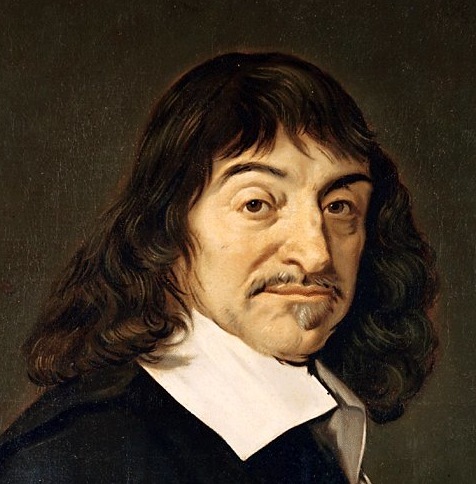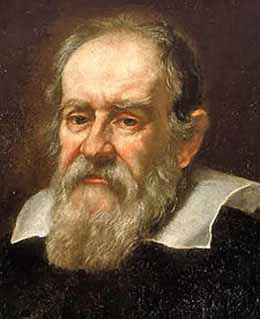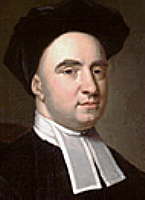Ontological Schools
This most fundamental question in philosophy is, "What exists?" This is typically framed as a debate concerning the difference between mind and matter, and how they interact.1Most of us think of mind and matter as very different things. Matter is something that we can reach out and touch — it's physical, and it has semi-stable properties, such as size, shape, color, etc. But the human mind seems to be very different. We can't reach out and grab it, and it constantly flits about, here and there, without any respect for inertia, cause and effect, or the unidirectional procession of time. Hence it seems that there are two different realities: the mental and the material, and they play by very different rules.
References
1. Chalmers, D. J. (1995): Facing Up to the Problem of Consciousness. Journal of Consciousness Studies, 2 (3): 200-219 ⇧
2. Churchland, P. S. (1986): Neurophilosophy: Toward a Unified Science of the Mind-Brain. Cambridge, MA: MIT Press ⇧













